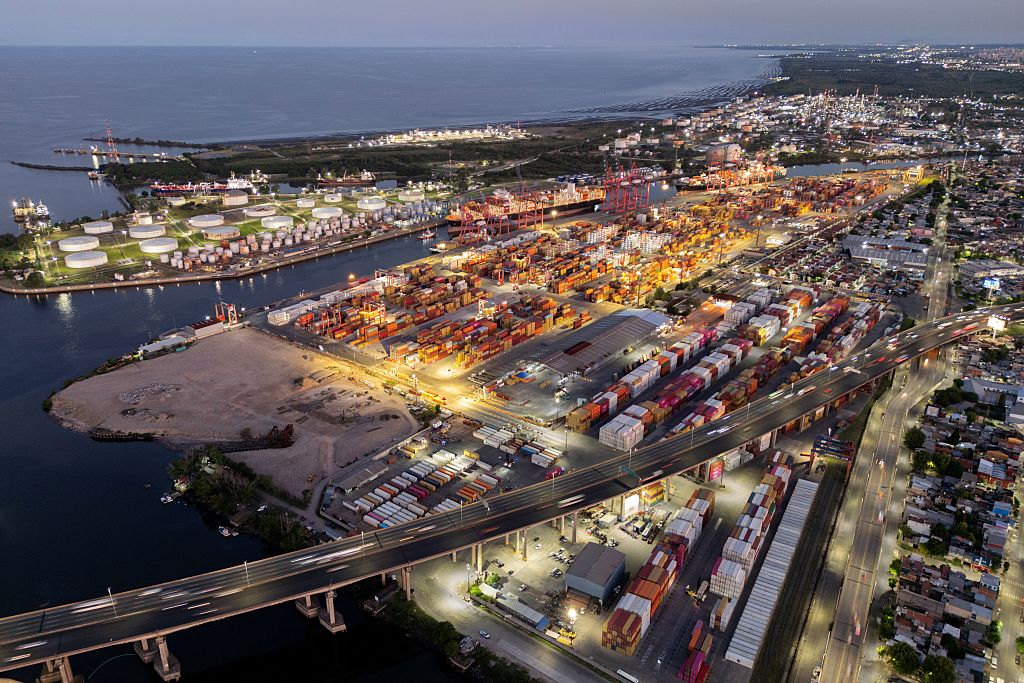What’s Left of the Latin Left?
What’s Left of the Latin Left?
AS/COA’s Eric Farnsworth says “it’s a revolution of the mind” as President Hugo Chávez’s death raises questions about the future of a populist economic model in Latin America.
Three weeks before Venezuelan President Hugo Chávez died on Tuesday, Yoani Sánchez, Cuba’s best-known pro-democracy blogger, landed in Brazil on a scheduled flight. Ms Sánchez had waited five years for permission to travel abroad and Brazil was an obvious first place to visit.
Latin America’s biggest economy shares a common heritage with Cuba, with their histories of slavery and sugar. Brazil is also governed by the leftwing Workers party, elected three times in a vibrant democracy – so unlike the Castro dictatorship at home….
The second strand was rooted in Latin populism, placed Cuba’s Fidel Castro and Che Guevara in a pantheon of demigods, and were often poor or spendthrift, or both. “Venezuela just took the money and blew it,” says Eric Farnsworth, vice-president of the Council of the Americas and Americas Society.
The second and bigger problem is that the radical economic model is unsustainable. Even with the largest oil reserves in the world, Venezuela has turned to China for $40bn of loans to keep itself going.
Economic decay may not matter to true populists. After all, “as well as handouts, their beneficiaries gained hope, a feeling of being listened to”, says Mr Farnsworth. “You can’t put a dollar figure on that. It is a revolution of the mind.”
It is an open question how long that revolution of the mind will continue if Caracas or other radical governments in the region cannot deliver their promises….








